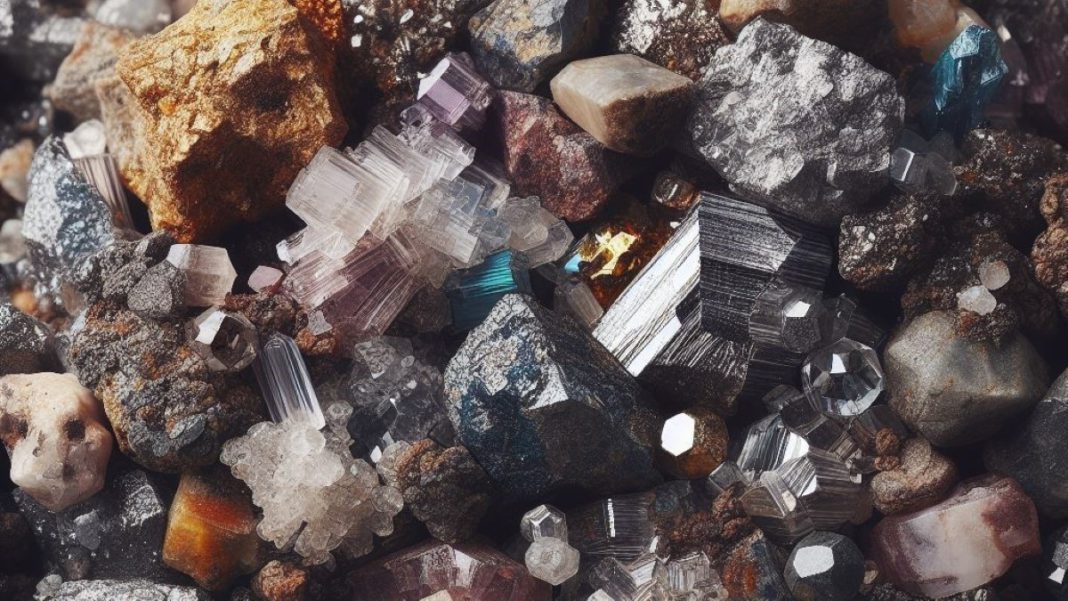CHINA: In a groundbreaking discovery, scientists in China have unearthed a never-before-seen type of ore, named “niobobaotite,” containing a rare earth element highly sought after for its superconductive properties.
This remarkable find, comprised of niobium, barium, titanium, iron, and chloride, has ignited excitement within the scientific community. Niobium, a lightweight grey metal, is primarily used in steel production to enhance strength without adding significant weight.
Additionally, it plays a pivotal role in creating alloys and features prominently in advanced scientific equipment, like particle accelerators, due to its superconducting capabilities at low temperatures, as outlined by the Royal Society of Chemistry.
Discovered on October 3rd in the Bayan Obo ore deposit in Baotou, Inner Mongolia, this brownish-black ore marks the 17th new type identified in the deposit and is one of 150 new minerals discovered in the region, as reported by the China National Nuclear Corporation (CNNC).
This revelation carries immense implications for China, which presently imports 95% of its niobium. Professor Antonio H. Castro Neto, an expert in electrical and computer engineering at the National University of Singapore (NUS), stated, “Depending on the volume and quality of this niobium, it could make China self-sufficient.”
Currently, Brazil leads as the world’s largest supplier of this rare earth metal, with Canada following as a distant second. Meanwhile, the United States Geological Survey reveals ongoing efforts to establish a niobium mine and processing facility in southern Nebraska, known as the Elk Creek Critical Minerals Project, poised to become the sole niobium mine in the U.S.
Anticipation is also mounting regarding potential future demands for niobium, as researchers are actively developing niobium-lithium and niobium-graphene batteries. These batteries not only reduce fire risks when used in conjunction with lithium but also boast faster charging times and greater recharging capacities compared to traditional lithium batteries.
Researchers at the Centre for Advanced 2D Materials (CA2DM) at NUS, who are spearheading niobium-graphene battery development, estimate a lifespan of approximately 30 years—a staggering tenfold increase over lithium-ion batteries—with the ability to achieve full charges in less than ten minutes. This breakthrough holds the promise of revolutionizing energy storage technology for years to come.
Also Read: China-Europe Team up on Sensitive Space Telescope to Monitor Universe’s Most Violent Explosions



